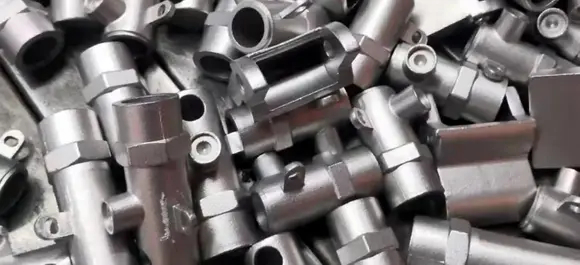Mobile:+86-311-808-126-83
Email:info@ydcastings.com
aluminium slab casting
Aluminium Slab Casting An Overview
Aluminium slab casting is a crucial process in the production of high-quality aluminium products. This casting methodology involves pouring molten aluminium into a mould to create thick slabs that can be further processed into various shapes. The versatility of aluminium, combined with the efficiency of slab casting, has made it a preferred choice in numerous industries, including automotive, aerospace, and construction.
The process begins with the melting of aluminium scrap or primary ingots in a furnace. The temperature must reach approximately 700°C to ensure the aluminium is fully liquefied. It’s essential to maintain this temperature to prevent premature solidification, which could lead to defects in the final product. During this phase, various alloying elements may be added to the molten aluminium to achieve desired mechanical properties and corrosion resistance.
Once adequately melted, the molten aluminium is transported to the casting area. Here, a specially designed mould, typically made of steel or iron, is prepared. The mould is designed to create slabs of specific dimensions, facilitating the subsequent processing steps, such as rolling and extrusion.
The pouring process is a critical step in aluminium casting. The molten aluminium is carefully poured into the mould to minimize turbulence, which can introduce air bubbles and impurities. After pouring, the aluminium begins to cool and solidify. Traditionally, cooling is facilitated by natural convection, but many modern operations may employ controlled cooling systems to enhance the properties of the slab. This process can take several hours, depending on the thickness of the slab.
aluminium slab casting

Once cooled, the slab is removed from the mould and subjected to further processing. This may include homogenization – a heat treatment process that promotes uniformity in the microstructure of the aluminium. Homogenization can help dissolve unwanted phases in the alloy, enhancing its mechanical properties. After heat treatment, the slabs may also undergo surface treatment, including pickling or anodizing, to improve corrosion resistance and surface appearance.
Aluminium slabs produced through casting can be processed into a wide range of products. They can be rolled into sheets, which are extensively used in the manufacturing of automotive body panels, packaging materials, and building facades. Additionally, they can be extruded into profiles used in construction and other applications. The ability to customize the chemical composition and dimensions of the slabs adds to their versatility, making them suitable for various end-use applications.
Environmental considerations play a significant role in the aluminium slab casting industry. Efforts are being made to recycle aluminium effectively, as recycling uses only a fraction of the energy required to produce primary aluminium. The industry is also focusing on improving energy efficiency in the melting and casting processes. Advanced furnace technologies, insulation techniques, and heat recovery systems contribute to reduced carbon footprints and lower operating costs.
Overall, aluminium slab casting is a vital process that underpins the aluminium supply chain. It combines advanced metallurgical techniques with efficient manufacturing processes to yield high-quality slabs that meet the demands of diverse industrial applications. As industries continue to seek lighter, more durable materials, aluminium slab casting will undoubtedly remain at the forefront of material manufacturing. With evolving technologies and a commitment to sustainability, the future of aluminium slab casting promises innovations that enhance both performance and environmental responsibility.
-
Impeller Technology That Powers Precision in Pump SystemsNewsMay.22,2025
-
Valve Durability Begins with Quality Cast Iron ComponentsNewsMay.22,2025
-
Performance Cooling with Advanced Automobile Water Pump SolutionsNewsMay.22,2025
-
How Motor Housing and Oil Pans Shape Engine PerformanceNewsMay.22,2025
-
How Metal Castings Drive Modern Manufacturing EfficiencyNewsMay.22,2025
-
Exploring the Engineering Behind Valve Body CastingsNewsMay.22,2025











